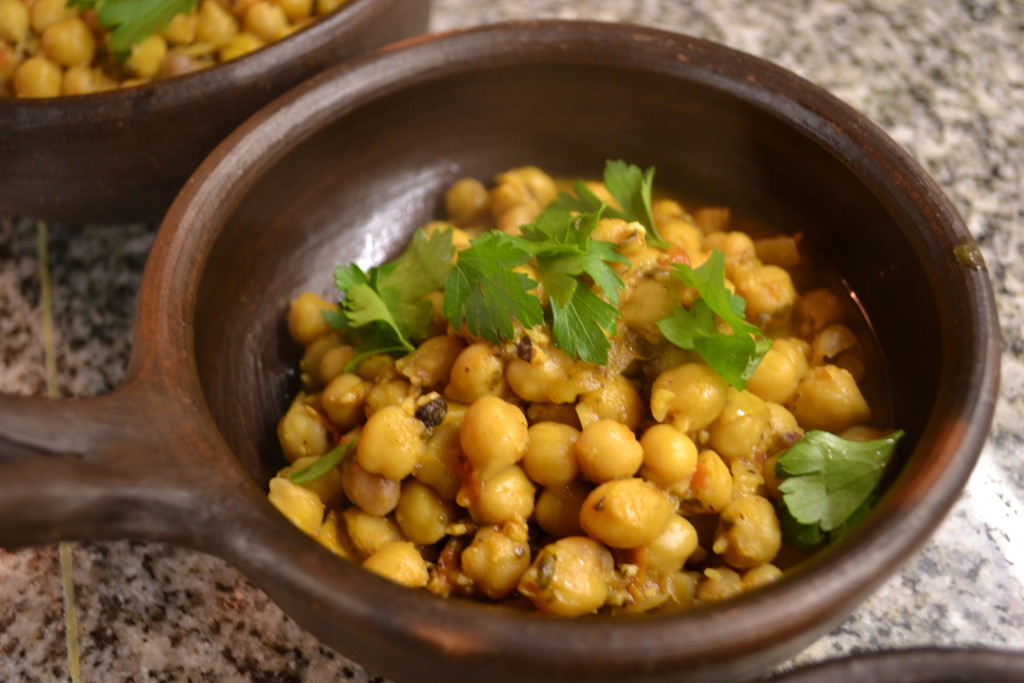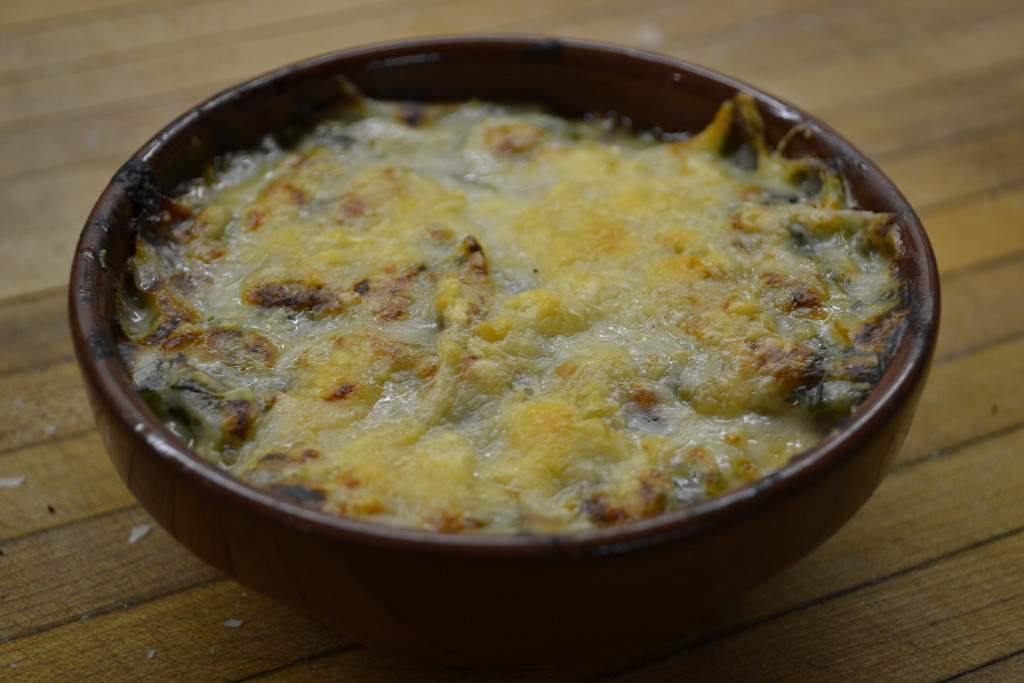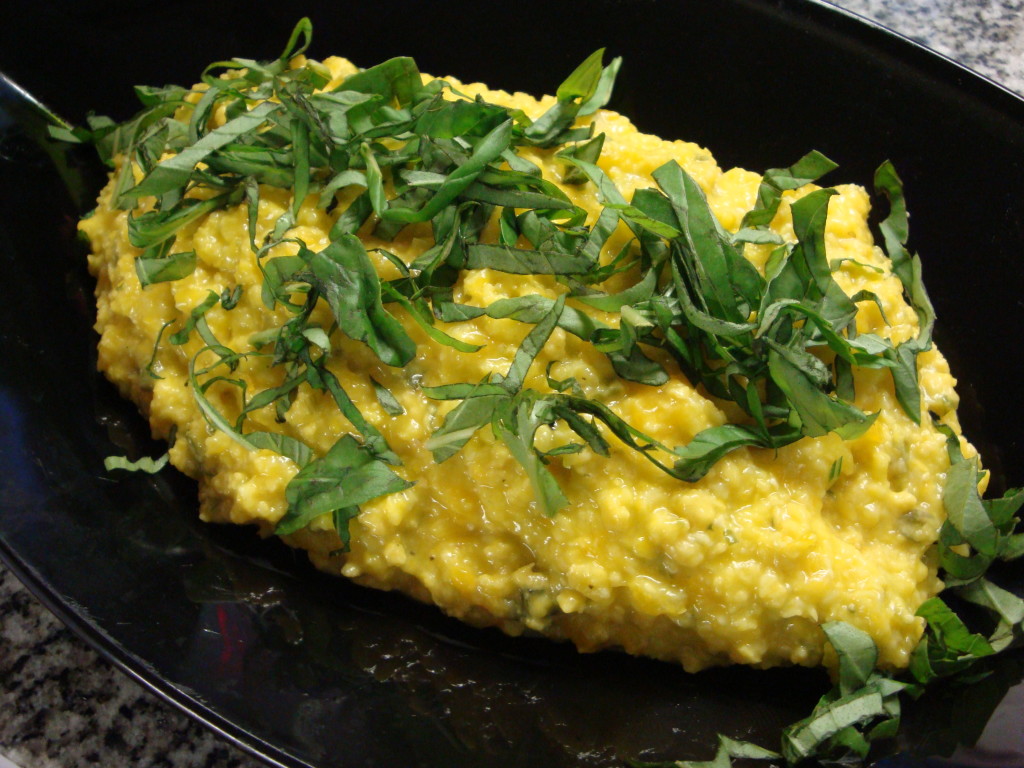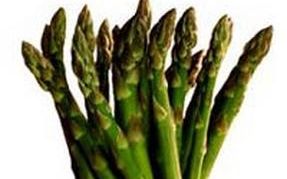The glory of Cicero
On Sunday supplement
Food and Wine
You all of course remember Marcus Tullius Cicero, Roman statesman and philosopher from the 1st century B.C.E. – famed orator and enemy of the emperor and empire. What you likely don’t know is that his name, Cicero, was an insult – his family was in the business of growing and selling chickpeas, cicer, in Latin (and still the genus of the plant). When he entered politics numerous advisors pleaded with him to change his name, but he declared that he would make the name Chickpea, umm, Cicero, one of glory.
Locally, and through most of the Spanish speaking world, chickpeas are called garbanzos, a name that traces back to calavance in 17th century Spanish, simply meaning bean, though some have suggested it came from the Basque, garau-antzu, meaning dry seed. Regardless, these days it is one of the most widely grown beans in the world, and popular in cuisines from the Mediterranean to the Middle East to the Indian subcontinent, to pretty much all of Latin America. What’s interesting is that it is virtually never eaten fresh, but dried and then rehydrated, a practice that seems to stretch back most of the last millenium – with only a few exceptions, such as Mexico, where under-ripe, green chickpeas, guasana, are eaten much like edamame, quickly roasted and popped straight from the pod with a little salt.
Here in Argentina the most common places we see them used are in Middle Eastern restaurants, either as hummus or falafel, or as part of the traditional mondongo, or tripe stew. Though I’ve not encountered them while dining out in a restaurant in other guises, that’s not to say that they don’t have a tradition here. Older Argentine cookbooks list recipes for both cazuela de garbanzos and cocido de garbanzos, the former a stew of chickpeas, chard, tomatoes, chilies and onions, while the latter is a fascinatingly over-the-top sounding stew of chickpeas with stewing beef, chorizos, morcillas, bacon, ham and chicken with some pasta, peas and cabbage thrown in for good measure.
I’ve tackled the latter, which is very reminiscent of the traditional Catalán dish cigrons amb tomáquet, or, chickpeas with tomato. The dish is already a healthy one – chickpeas are great for helping lower cholesterol and a great source of both fiber and near fat-free carbohydrates – it’s an easy one for my mission, I’ve just spiced it up a bit. You might also remember I promised you this as a great side dish to last week’s merluza recipe.
Cazuela de Garbanzos
500 gm dried chickpeas, soaked in cold water overnight
2 liters of vegetable stock
2 large onions, chopped
6 garlic cloves, sliced
1-2 fresh chilies of your choice, chopped (optional)
1 handful (roughly 30 gm/½ bunch) of parsley, chopped (stems and leaves)
150 gm hazelnuts (optional)
4 plum tomatoes, chopped
1 tablespoon sugar
large pinch of saffron threads
2 tablespoons olive oil
juice of 2 lemons
salt and black pepper to taste
Drain the chickpeas and place in a pot with the stock. Bring to a boil, reduce the heat and simmer for 45 minutes, until al dente. (Note: If you want to use canned chickpeas reduce the simmering time to 15 minutes, just to absorb the stock flavor and 1 liter is probably enough.)
In a frying pan saute the onions in the oil until lightly browned. Add the garlic, chilies, parsley and hazelnuts, turn up the heat and cook, stirring regularly, for 3 minutes. Add tomatoes, sugar and saffron and continue cooking and stirring until the liquid has been absorbed and the sofreito, as this is called, is a paste like consistency.
Drain most of the stock off of the chickpeas, leaving just enough to create a sauce when mixing in the sofreito, which you should do at this point. (Better to drain off extra and keep it aside, you can always add some back in.) Add the lemon juice and season to taste. Serves 4 as a main course or 6-8 as a side dish.
A series of recipes and articles that I started writing for the Buenos Aires Herald Sunday supplement, Food & Wine section, at the beginning of 2012. My original proposal to them was to take local favorite dishes and classics and lighten them up for modern day sensibilities. We’re not talking spa or diet recipes, but at the very least, making them healthier in content, particularly salt, fat and portion size. As time went by, that morphed into a recipe column that, while emphasizing food that is relatively “good for you”, wasn’t necessarily focused on local cuisine. At the beginning of 2013 I decided to stop writing for them over some administrative issues, but it was fun while it lasted.






